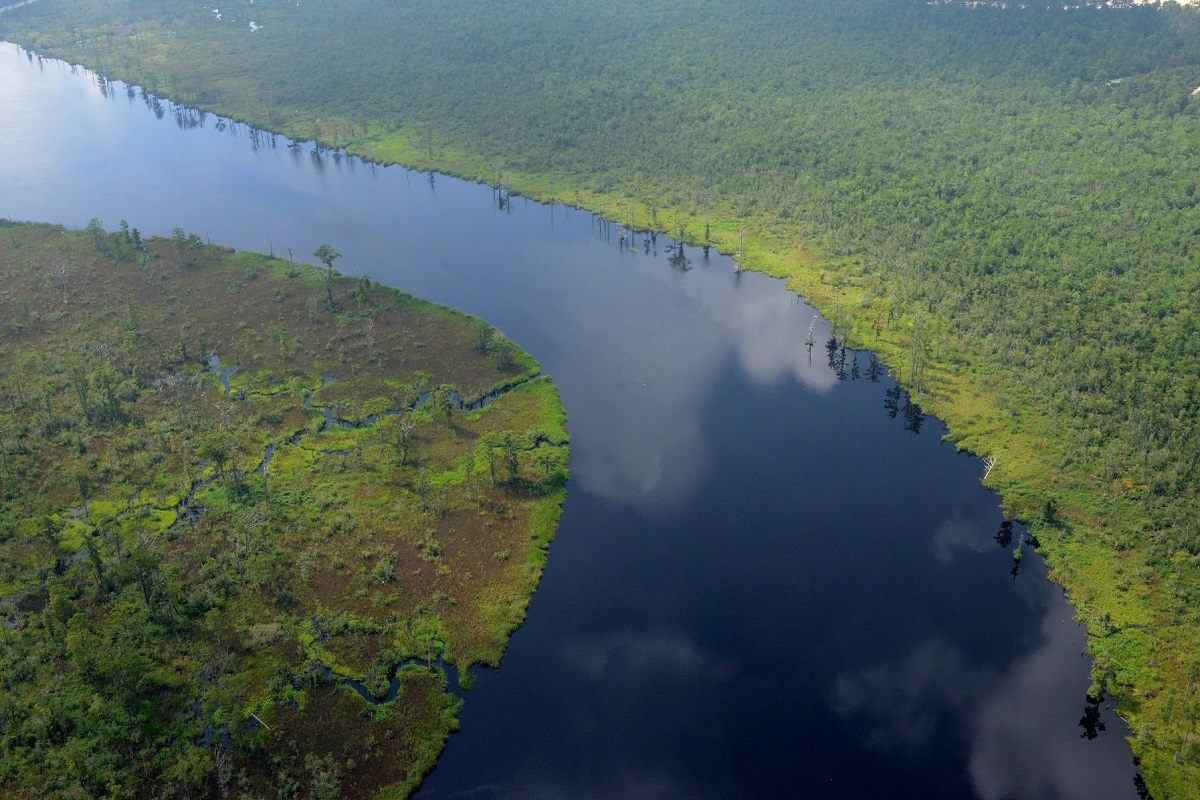
Shipwreck enthusiasts can now get an up-close look at the Blake Ridge wreck, which rests more than 130 miles off the North Carolina coast in over 7,000 feet of water, along with a handful of other shipwrecks in waters surrounding the United States from the comfort of their own home.
With the opening of the Department of the Interior’s Bureau of Ocean Energy Management, or BOEM, Virtual Archaeology Museum, visitors to the website can view video, detailed three-dimensional models and mosaic maps of shipwrecks from the 19th and 20th centuries discovered by BOEM in the course of underwater research and oil and gas exploration.
Supporter Spotlight
“With the opening of BOEM’s Virtual Archaeology Museum, users are able to easily access these models on their own computers and see shipwrecks lying on the bottom of the ocean, some for hundreds of years,” the agency said in a news release. “Professional and amateur scientists will have the ability to monitor these shipwrecks over time, gauging changes to the shipwrecks and their artifacts, as well observing the various aquatic species that inhabit their hulls, making the bottom of the sea accessible like never before.”
For the last few years, National Oceanic and Atmospheric Administration’s Office of Ocean Exploration and Research and BOEM have worked together to gather data at shipwreck sites in the Gulf of Mexico and Atlantic.
The surveys were made using remotely operated vehicles, or ROVs, and underwater videography. Computer technology was used to create photo-real and hyper-accurate 3D models from two-dimensional imagery.
“With the ROVs we can clearly examine the artifacts in these shipwrecks up close, in thousands of feet of water. Through the use of the 3D models, we can see each shipwreck site as a whole and monitor changes to it over time,” said BOEM Gulf of Mexico Regional Director Mike Celata in a statement. “The Virtual Archaeology Museum will serve as a valuable teaching asset in both school and university classrooms, and the data collected will be a focal point for underwater researchers, its online presence allowing collaboration worldwide.”






